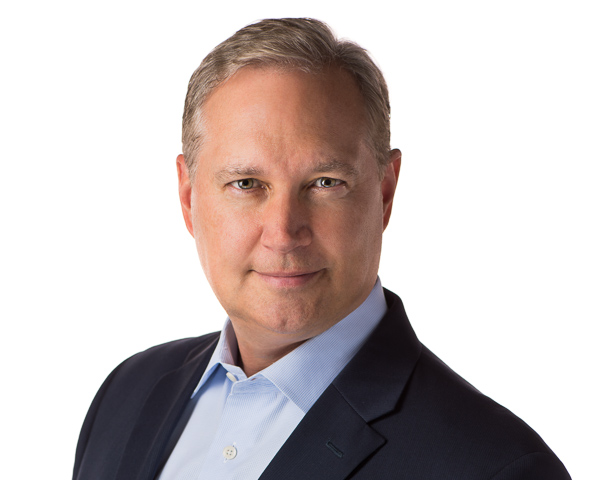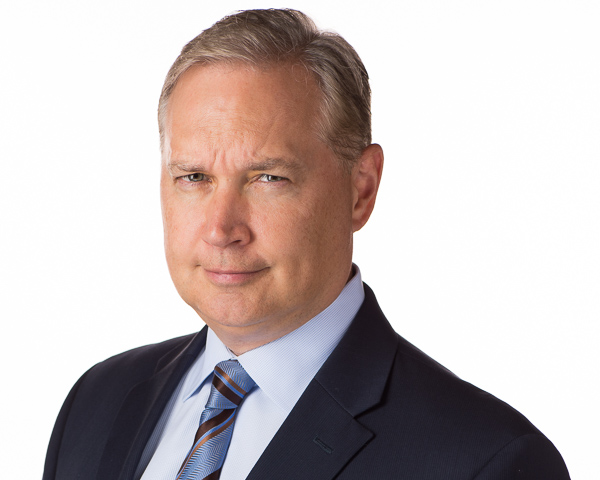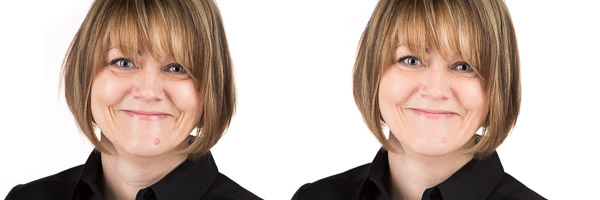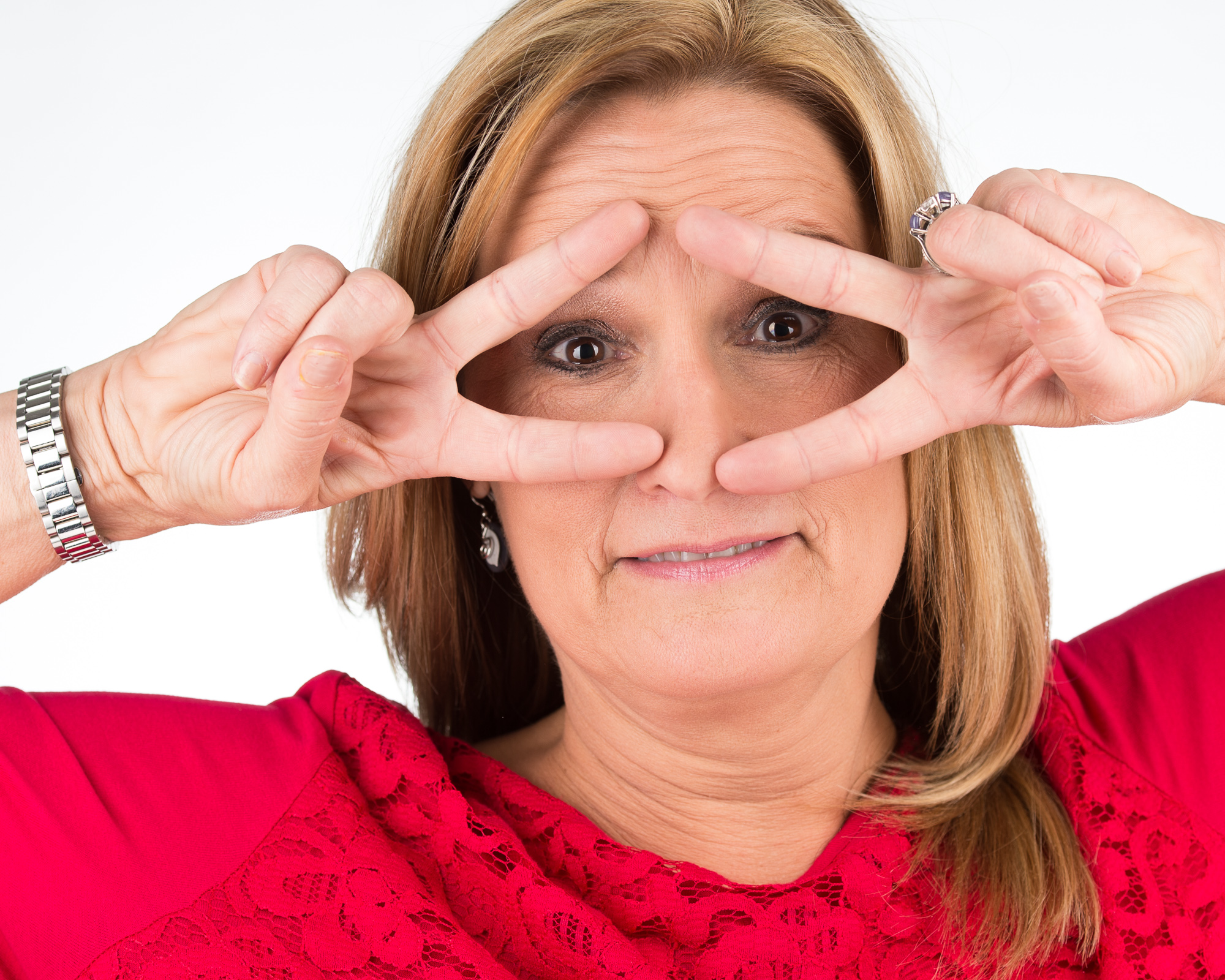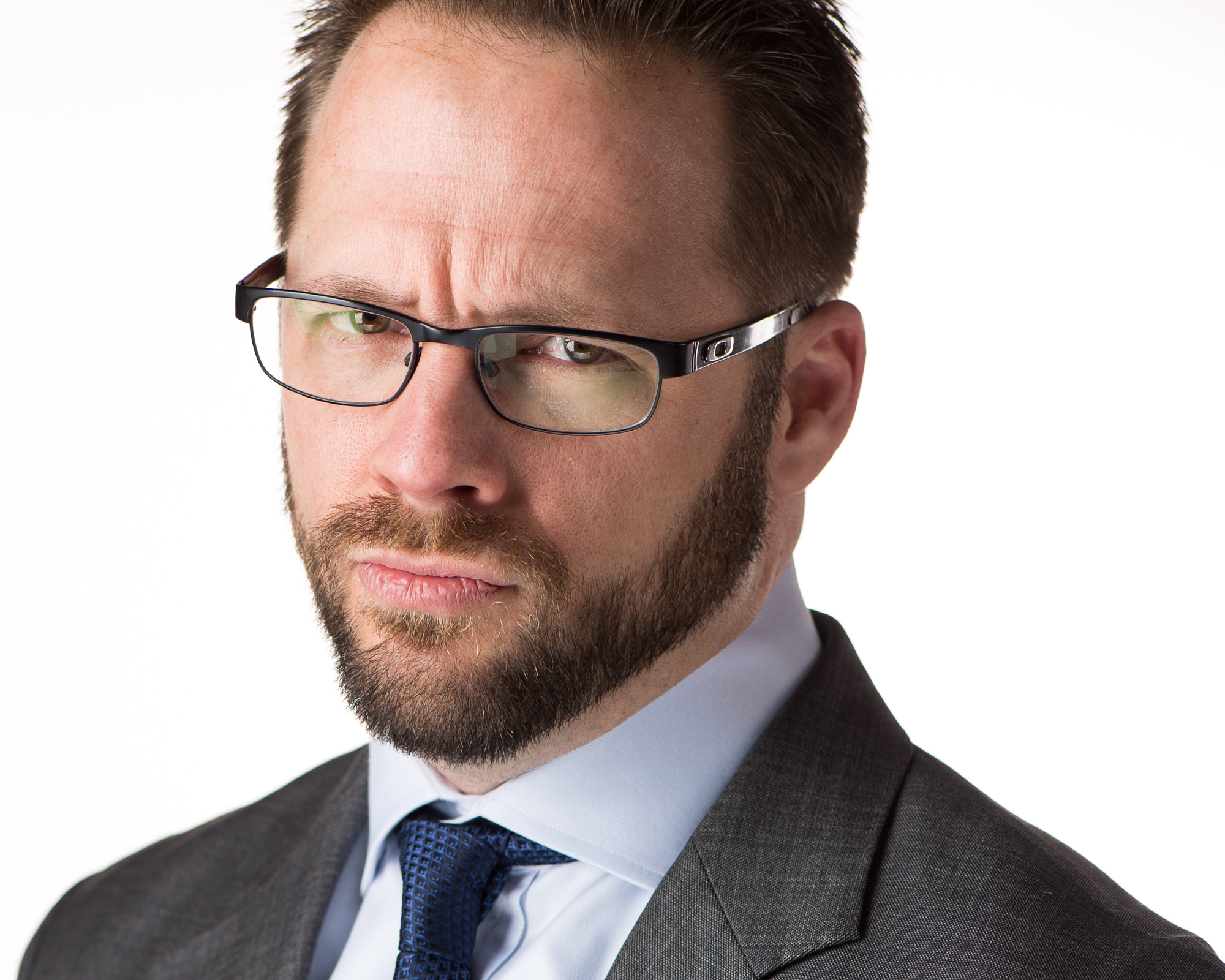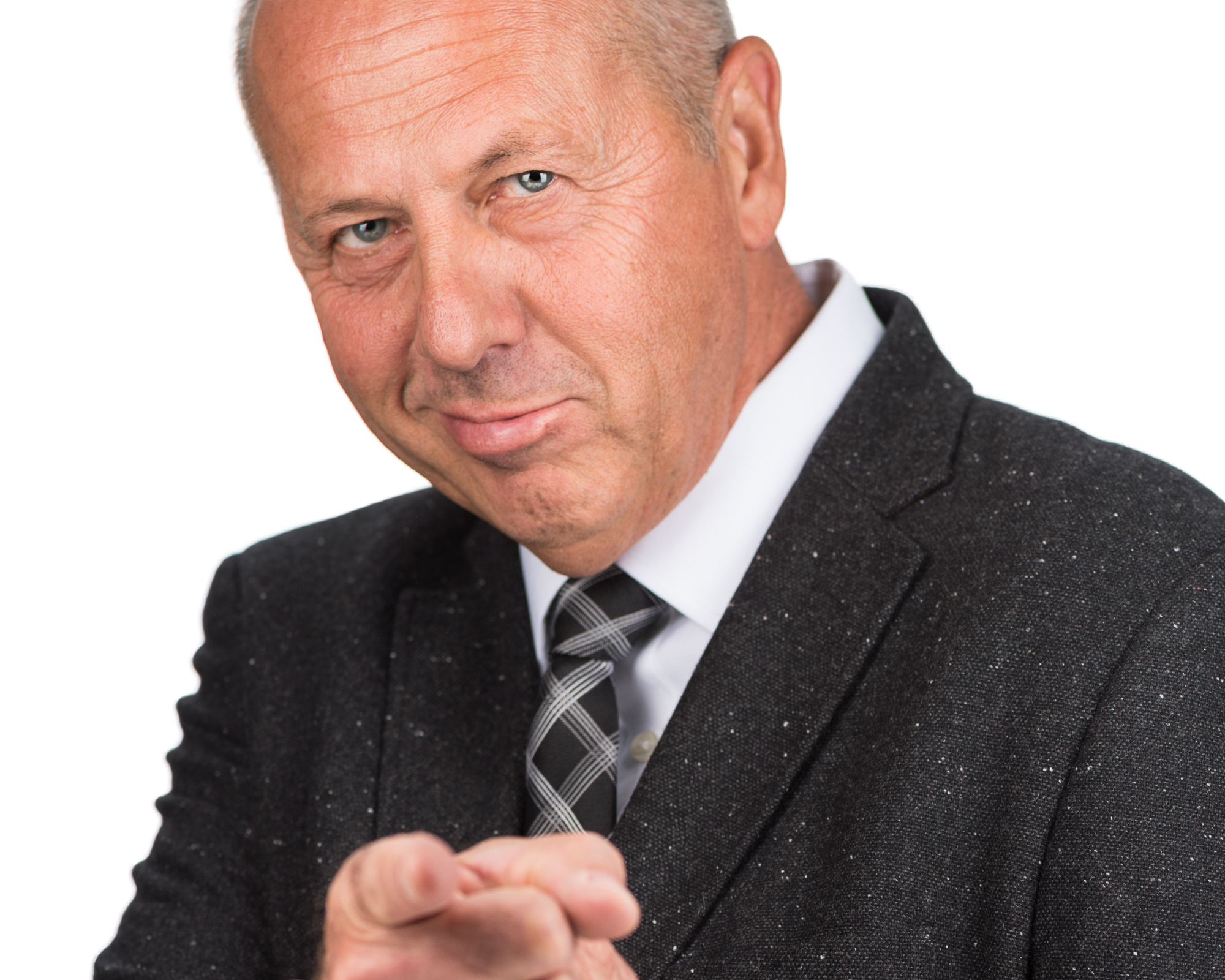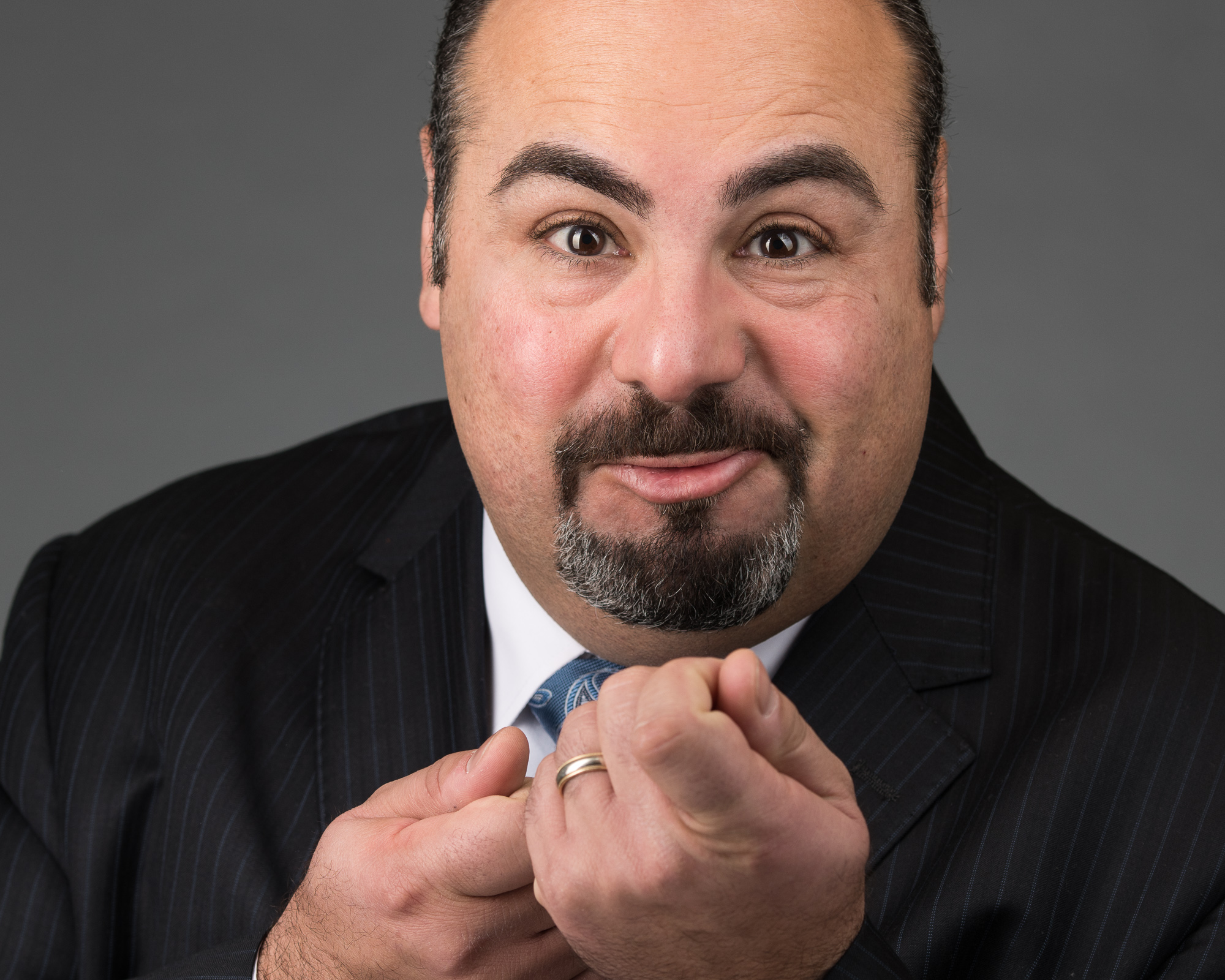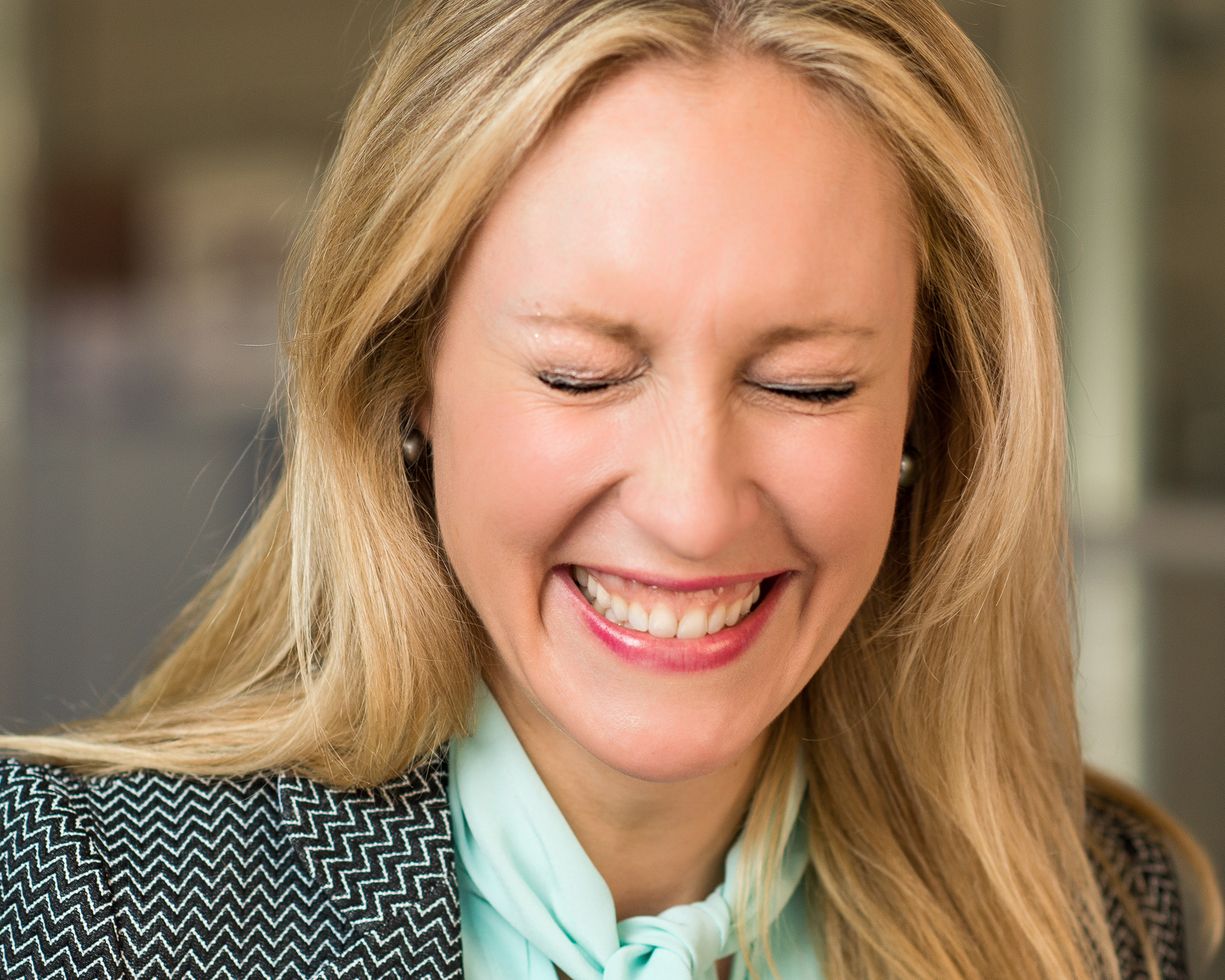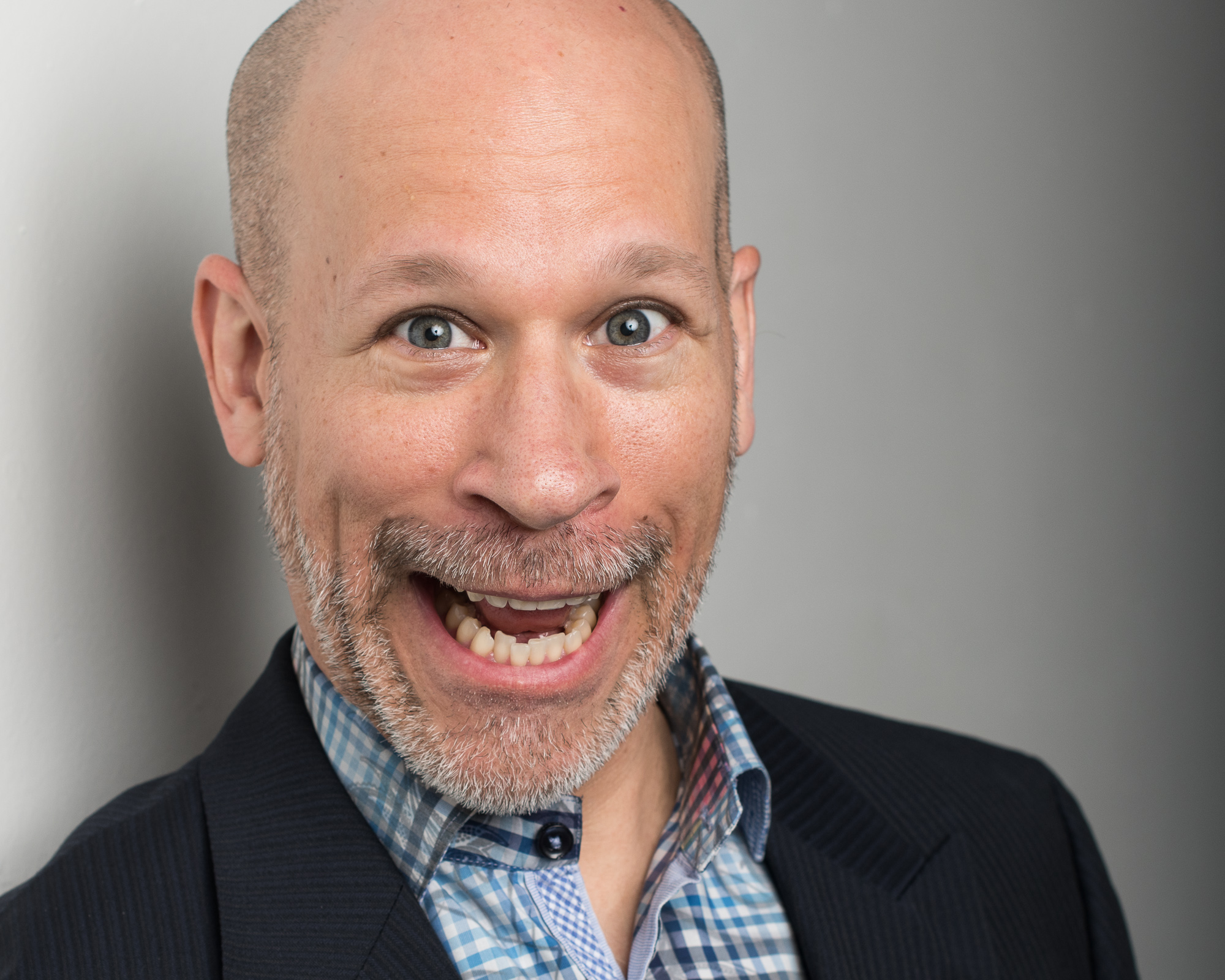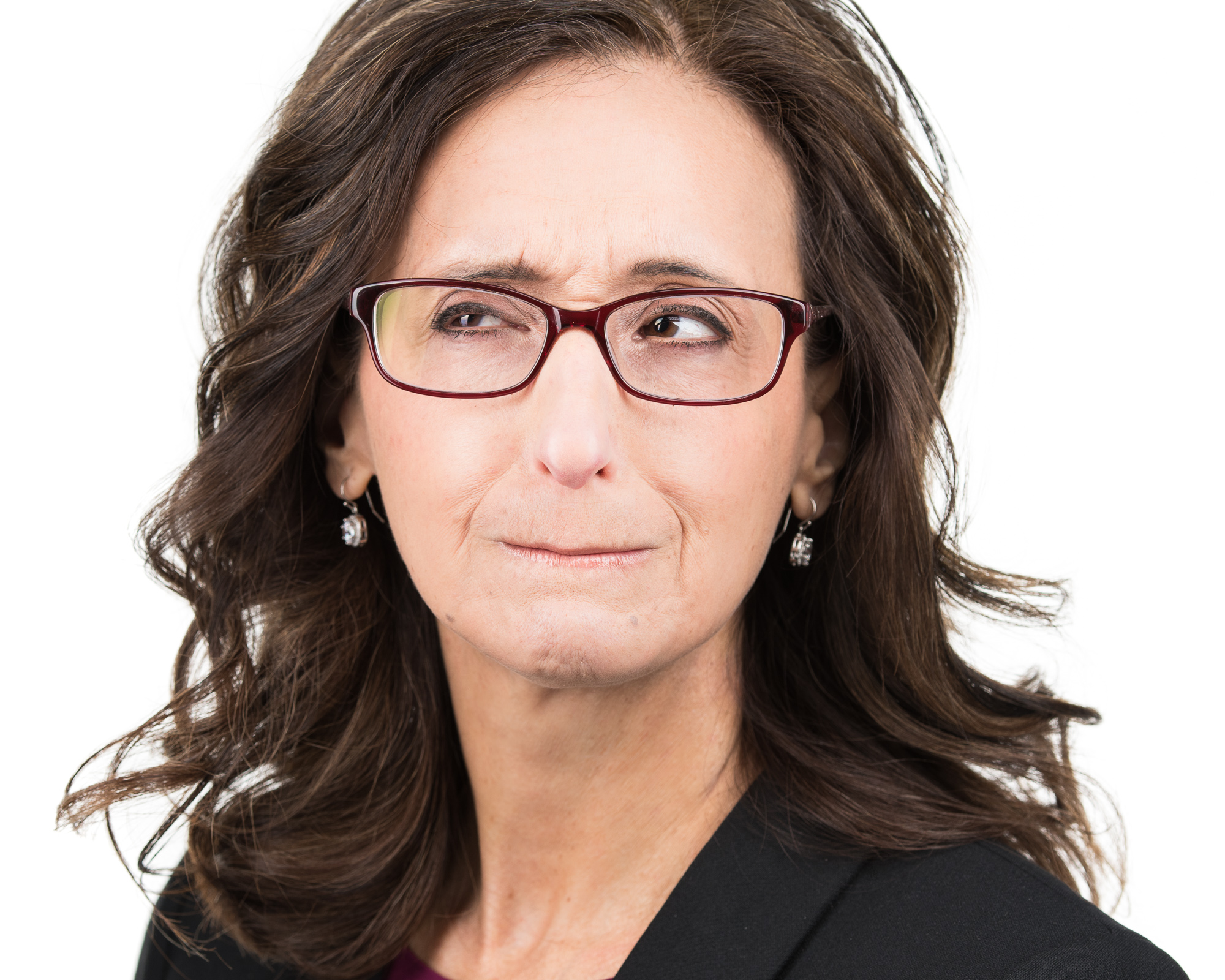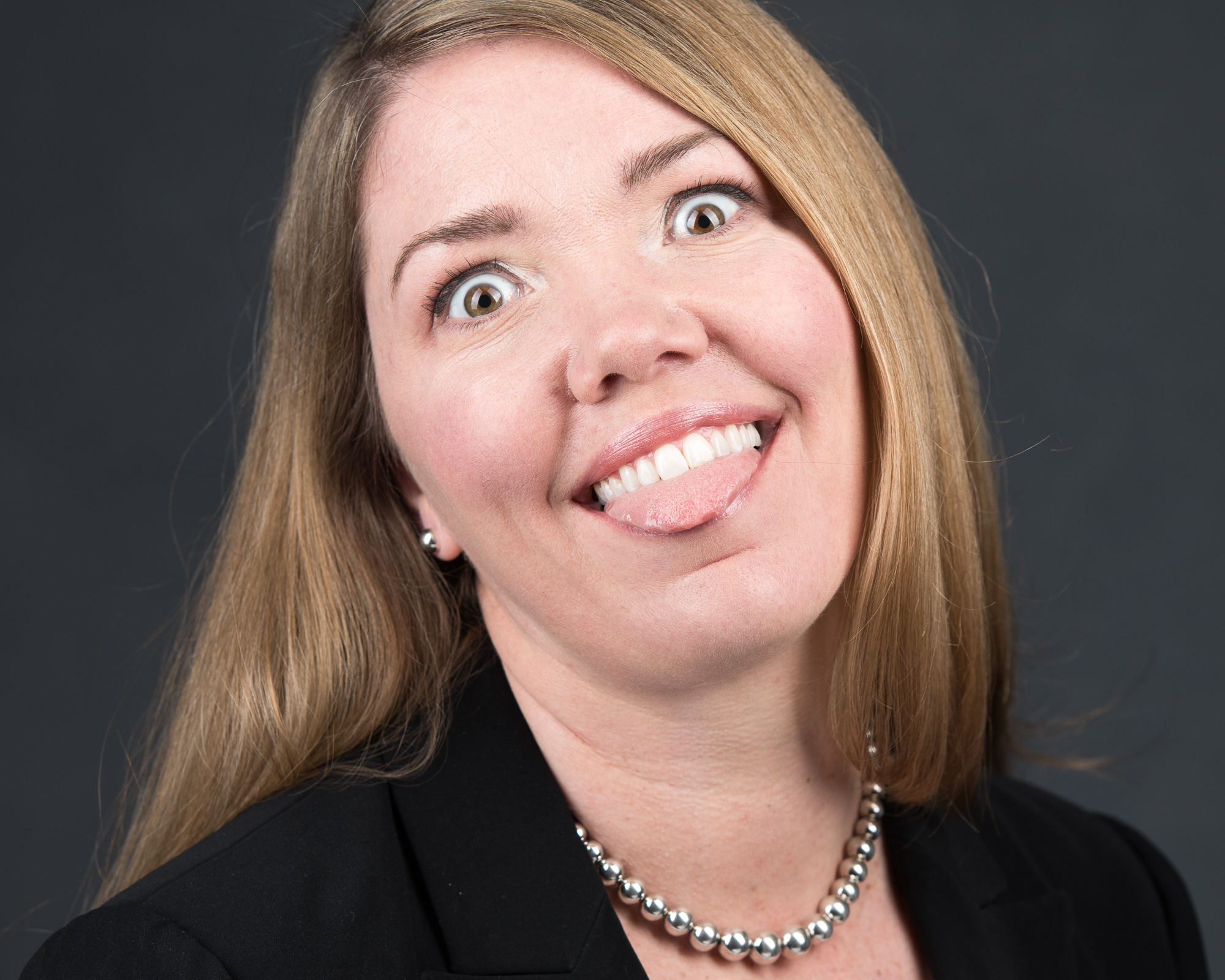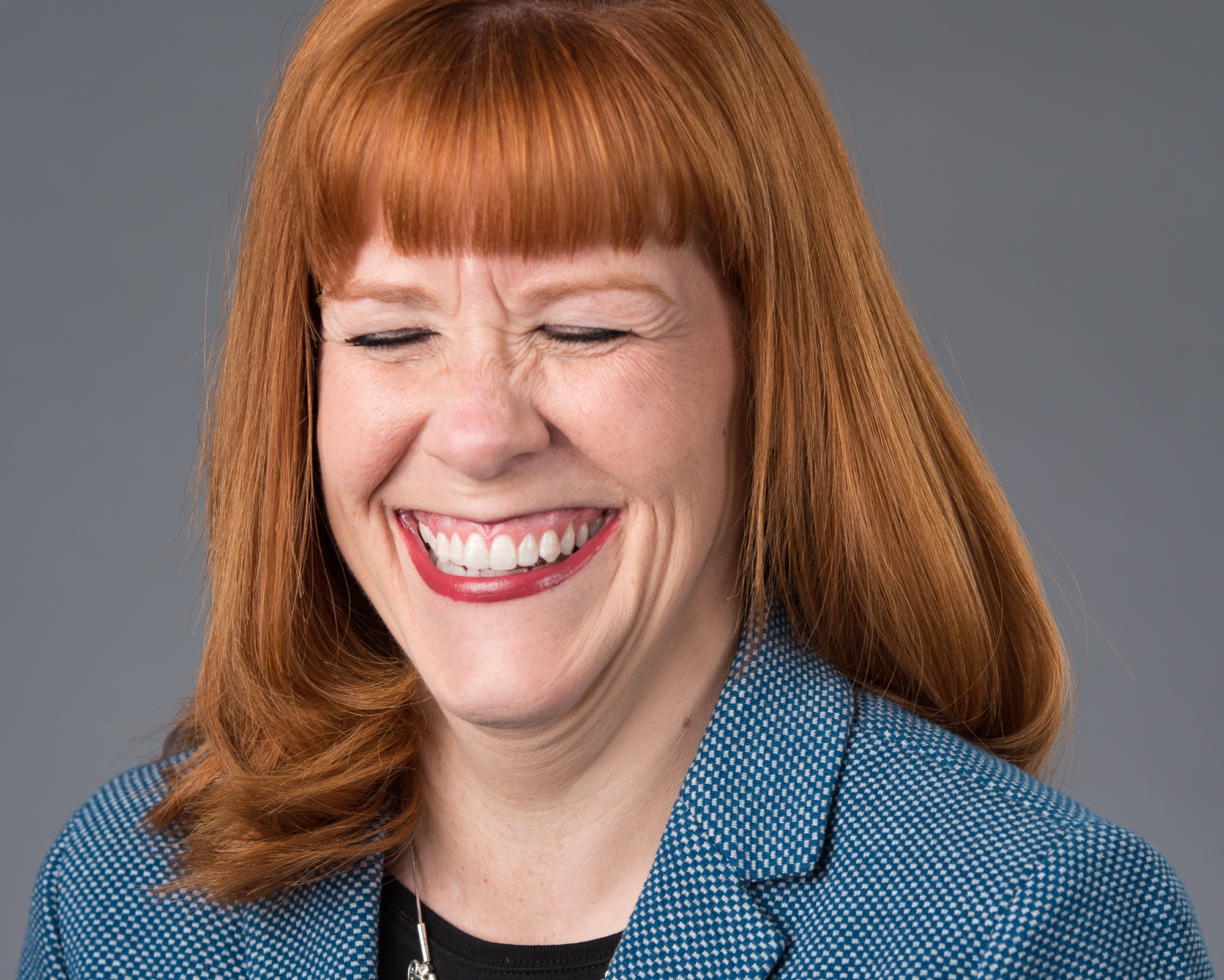How to Prepare for Your Headshot Session
Your headshot is about you. You are the star. The best headshots show you confident and approachable. The viewer should want to seek you out or give you a call. Here are a few points to consider to get the most value from your headshot project.
Before setting foot in the studio. Here are a few questions to consider. If you can answer these questions, you’ll be in great shape. Hiring a great photographer is of course important, but these questions will help guide the photographer in making the best image of you for right purpose.
Unless you’re a model, getting your photo taken can be a little stressful. So I created this guide to help you prepare for your portrait.
The guide is available here in PDF form, perfect to share with your office colleagues or friends.
Headshot Design
Your headshot is about you. You are the star. The best headshots show you confident and approachable — ready to take on any challenge with ease. The viewer should want to seek you out or give you a call. Here are a few points to consider to get the most value from your headshot project.
Before even setting foot in the studio. Here are a few questions to consider. If you can answer these questions, you’ll be in great shape. Hiring a great photographer is of course important, but these questions will help guide the photographer in making the best image of you for right the purpose.
What's the Goal?
It doesn’t matter if you’re part of a large organization or a solopreneur. What message do you want to send with your new picture?
Where will the image be used?
Where will people see your image? This might include websites, presentations, social profiles, print material, or even a book jacket.
If you have specific page layout needs, let me know so I can shoot to those dimensions. For example, if you need a Facebook or YouTube banner, we’ll shoot with a very widescreen frame in mind. However, a narrow column magazine ad may require a vastly different approach.
What delivery specs do you have?
Do you have any delivery specs from your web developer or graphic designer? It’s OK if you don’t speak in pixels. Just pass along any instructions you have before the shoot.
What's the look?
Do you want to appear ready for the board meeting or the golf outing? Browse Pinterest for some ideas.
What background is best?
Do you have a background preference? I often recommend a clean, simple background. Solid white or gray backgrounds are very versatile. They’re also most easily replicated as your business grows. Environmental backgrounds, which might include an office or storefront background, or even a great outdoor location can add some personalization to your image.
Headshot Session Tips
Dress for what you do
If you don’t wear a suit on a regular basis, don’t wear a suit. It’s great to push your wardrobe range for specific needs, but your main image must reflect how people see you in a professional setting on a typical day.
Keep it simple
Unless it’s part of your personal brand, opt for a basic wardrobe. YOU are the star of these images. So minimize anything that takes attention away from your face. There’s nothing wrong with even a simple, well-fitting T-shirt.
Bring options
Feel free to bring some bolder and softer colors, but stick with solids and avoid heavily patterned garments. Layering is a great way to quickly change up your look in the studio. For example, a casual sleeveless dress can easily be dressed up with a blazer. If you want to wear a necktie, bring a few. Ties are a great way to get multiple looks without a full-on clothing change.
Glasses
If you normally wear glasses, bring them. People won’t recognize you without them, and that’s a headshot fail. Worried about reflections? Most lenses now have anti reflective coatings. There are lots of tricks to minimize any lingering reflections, so don’t worry. Remember, it’s just physics and not a big deal.
If you love it, bring it.
Rules are made to be broken. So if a favorite outfit or shirt immediately comes to mind, bring it. Odds are it’s a favorite because the fit is perfect. That confidence comes through on camera!
Women's Headshot Style Tips
Hair & Makeup
If you’re not getting hair and makeup with your session, plan to arrive camera ready with your professional makeup look. There’s no need to go overboard — it’s not a glamour shoot. Remember, you still need to look like everyday, professional you. Bring hairspray and a brush, just in case you need to do any touch-ups.
Clothing fit
Fitted clothing, as opposed to flowy and blousy items, is most flattering on camera. I create a flattering look with posing and negative space (i.e. gaps between your torso and arms). If the garment (like a big cozy sweater) doesn’t show any space, you’ll appear heavier on camera.
Jewelry
It’s distracting by design. Anything that takes the focus off you works against you, so keep it simple.
Men's Headshot Style Tips
Grooming
Arrive with your hair styled and ready to go. If you’re planning a haircut, try to line it up for at least a few days before your session. If you want to go for the scruff look, that’s cool. But it’s either in or out — it can’t be photoshopped.
Don’t worry — you’re off the hook for makeup. If you want to put on a little moisturizer to prevent dry skin, that doesn’t hurt. But avoid anything that might clump in your facial hair or adds color.
Clothing fit
Proper fit is key when it comes to dress shirts and jackets. Make sure your shirt collar is properly sized, especially if you’re wearing a tie. Dig out the collar stays, and stick with a V-neck undershirt, in case we do open-collar shots. If you’re concerned about fit, visit a tailor. Suits and blazers are pretty trim these days. A 10-year-old suit will instantly date the image.
I hope you're feeling better prepared for your project. Is there a question I missed? Let me know in the comments. And don't forget to share with your friends or colleagues.
If you’re still browsing and haven’t made a headshot appointment, check out my individual session packages and grab a spot online.
Thinking about a session for your office? Drop me a note.
Meet Magpie Media
If you're receiving my newsletter, you know that I've brought in some reinforcements. Jacquelyn Gutc, of Magpie Media is my new editor. Its amazing what happens with a little coaching and accountability. If you're struggling to keep up with your blog or newsletter, she can help.
Jacquelyn is also a client of mine. When you're the center of your business, it can be tough to put yourself out there. But she took the big first step with a personal branding session. Now she can be in her own marketing material rather than reaching for the stock photos.
Meet Jacquelyn Gutc
If you're receiving my newsletter, you know that I've brought in some reinforcements. Jacquelyn Gutc, of Magpie Media is my new editor. Its amazing what happens with a little coaching and accountability. If you're struggling to keep up with your blog or newsletter, she can help.
Jacquelyn is also a client of mine. When you're the center of your business, it can be tough to put yourself out there. But she took the big first step with a personal branding session. Now she can be in her own marketing material rather than reaching for the stock photos.
Tell us about your business.
Magpie Media was founded on a passion for clear, creative and effective communication. We help connect businesses, nonprofits and professionals with their ideal audiences near and far through content writing, editing, email marketing and other creative marketing tactics. We illustrate who you are as a brand and what benefits you offer, inspiring people to work with you.
What’s unique about how you do what you do?
My natural curiosity and background as a newspaper reporter prepared me to run a business where the client base varies widely. I know how to ask the right questions to quickly learn about an industry I was previously unfamiliar with and to get down to what makes a particular company tick. My career in journalism also taught me to break down complex topics so that the general public understands them. This is an incredibly important skill as I write and edit for clients today because it means that I can help them cut through jargon and ensure that their target audience will interpret their written content in the way they want it to. If a company's content misses the mark because it was too complex or written for the wrong audience, they miss out on customers/clients and money.
What’s the one thing most people don’t know about your business, but should?
Our potential clients understand that it's important to have a company blog and newsletter, but many think that one or both of those content vehicles in particular will have clients flooding their inboxes or phone lines. That's why it's always important for us to set realistic expectations with new clients for what marketing efforts will achieve.
For example, your email newsletter probably won't make a dozen potential clients decide to call you that minute, but maybe it reminded an old networking contact that you're out there, so they call you for coffee and that meeting leads to an amazing referral who becomes a long-term client. And your website visitors may be unaware that you published a new blog post, but Google noticed, and the culmination of ongoing content additions to your website helped increase your search rank, leading more people contact you as the result of an online search. Content marketing doesn't always offer a clear one-for-one ROI but that doesn't mean it isn't working wonders for your business.
Where should readers go to learn more about the business?
Check out the website at Magpie-Media.com. Or the facebook page. And don't forget LinkedIn.
How to Hire a Headshot Photographer
You’ll learn what to look for when you search for a headshot photographer, what to ask for, what to expect in the process, from beginning to end.
How to Hire a Headshot Photographer
Perhaps you’re starting up a side hustle and someone suggests you hire a photographer to get professional images of yourself for the website, social media and business cards. But you’ve got a million things on your to do list. Where do you begin?
Or maybe your boss or marketing department has asked you to find a headshot photographer for the company website redesign. It can’t be that complicated, right?
These are common scenarios that lead one to search for a professional headshot photographer. To help you have the best result in any scenario, I decided to go deep and cover all the details in this guide.
You’ll learn what to look for when you search for a headshot photographer, what to ask for and what to expect in the process, from beginning to end.
Planning a Headshot Project
Hiring the Right Photographer for the Job
First and foremost, if your project involves mostly headshots, hire a headshot photographer. Why can’t any portrait photographer do the job? Headshot photography, particularly corporate headshot photography, is a different animal.
In most cases, it’s just you, the camera, the photographer, a few lights and a backdrop. There’s no beautiful park scene like a family photographer will scout out. There’s no perfectly planned venue that a wedding photographer thrives in. And there are no props to hold, trees to lean on, or park bench to sit on. Oh, and there’s no perfect golden light. Nope, it’s 10 a.m. on a Tuesday, raining outside, and the light inside your conference room sucks.
So to say the environment that a headshot photographer works in is a little different than a family or wedding photographer, is an understatement. And I totally respect the very demanding work that wedding photographers do — they earn every dollar. My point is it’s a different specialization. If you’re an athlete facing a career-ending injury, you don’t go to a family doctor, you go to a sports medicine specialist. It’s the same in photography. In fact, every industry is rapidly becoming more and more specialized.
Posing is very different in a professional image relative to a wedding photo too. You might not be in tip-top shape for your corporate shot, but that’s OK. A headshot photographer will help you pose for the occasion — wait, there’s posing in a headshot?
Yes, posing is huge for a headshot. A couple of inches of movement can make or break the image. Some poses can feel awkward, but will look great.
OK, so you’re convinced that hiring a specialist makes sense. What next?
Make a couple calls. Fill out a few contact forms, send a few Instagram messages, but provide your phone number and pick up the phone when the photographer calls you. This will give you a better sense of who you’ll be working with in a way that email can’t. Your photographer will be interacting with everyone who needs a new image, and that might include your boss, or your boss’s boss, so taking the time for a phone call is smart.
Defining Your Project
Sometimes you need more than a tight headshot.
If you’re planning headshots for multiple people, the photographer will need to know how many are attending. Be honest. If you think the number could vary a bit, mention that too. Might that change the cost? Perhaps, but there’s usually scale in the pricing. So if you have 10 people versus 12, the difference will be small. And it’s better to get everyone in on the same day. Even if you’re on the fence about including a group or department, it’s better to include them in the estimate.
How many images of each person do you need? Think about the possible uses for the images. Do you need a formal and casual look? Or is a variation in expression more important — formal and an outtake? Do you need different crops? Perhaps a tight square and a vertical portrait.
Where will the images be used. What format? What proportions will they be in? The more specs you can provide up front, the better your photographer can incorporate any of these parameters (which may save you a follow-up shoot). Photoshop isn’t the end all solution. Whenever possible, expect a professional to want to get the image right in camera.
Think about your background options. Simple, solid color backgrounds are great for online use, such as LinkedIn or other social profile images. A solid white background won’t clash with your branding colors. Environmental images — where you can see an office in the background — are great, but harder to reproduce should your business grow. They also typically take a little longer to set up and shoot. So if efficiency and repeatability is your concern, stick with a simple background.
Will this be an ongoing project? If so, mention that upfront. If you expect to have a photographer back in the office on occasion, you can often arrange special recurring pricing.
In case you were wondering, the days of that splotchy blue background from your yearbook photo are out. It doesn’t matter what you do, that background is history, so leave it there.
Beyond Headshots
Show what's it like to work in your organization. Stock photos just can't do it.
If you’re bringing in a professional photographer, think about anything else you might need images of in the office. This could include candid shots of the staff, photos of the office itself, or product photos.
Adding a couple hours on to your headshot project to capture some product photos is going to be more cost effective than doing a separate shoot. As I mentioned, most photographers tend to specialize in a few specific genres, but that doesn’t mean they won’t help you with other things. You just might not see that type of work on their website.
The Group Shot
Do you need a group shot? The first instinct is usually yes. But there are some things to consider. First, producing a high end group portrait takes a lot of time. Unless you’re willing to allow for that time, the result won’t be much better than a snapshot. Why? Because everyone must be posed and lit separately in a group image. It takes a lot of time to do them well — think fashion magazine style cover shots.
Another problem is that when someone leaves or is hired on, the group shot is outdated. So spending a lot of time on a group piece only to have it outdated in a few months may not make sense.
One alternative to consider is a composite group image. The idea is to take a selection of individual headshots and combine them in Photoshop. This is how the magazine cover group images are done anyway. Combining a few top notch individual shots will yield a much better result.
A composite — combining individual headshots, is a great way to future proof a group photo.
Location
Some photographers prefer to shoot in their studio. Others will come to you, which saves your business a lot of travel time. Logistically, it can be very tough to get the whole office photographed in a day because someone has to stay back and hold down the fort.
The photographer will ask about the room details — rough dimensions, ceiling, windows. The needs will vary depending on the lighting equipment, backdrops, etc. Windows aren’t necessarily a good thing. When photographers use studio lighting, window light just gets in the way — especially early morning or late afternoon sun blasting in the room.
Professional Hair & Makeup
Most photographers will mention this option. It’s certainly not required, but can be a big help on the project date. Remember that in their headshots, you want everyone to be recognizable and look like they do on a typical work day, but you want them to look like their best version of that. Prepping for professional photos can be stressful to some people and your staff may appreciate the option to have expert help with their look on the photoshoot day. This is typically a variable expense that grows as the number of subjects grow.
On-Site Proofing
Ask if the photographer offers on-site proofing. This feature allows your staff to select their favorite image right after the session. If you’ve got a larger group to photograph, it's a great option. It’ll save a lot of back and forth on selecting images. The downside is that proofing on-site slows down the project.
Another issue to consider is that on-site proofing can be difficult for some. Most people aren’t used to seeing a ton of photos of themselves, so it can be stressful to choose images on the spot.
Contracts & Licensing
Unless you have a specific agreement, the photographer ALWAYS owns the copyright (in the United States). As part of the agreement, the photographer licenses the images back to you for use in various forms.
While headshots are a form of commercial photography, the licensing is usually very broad. Be sure to ask if there are any limitations or an expiration on the usage. If the license expires, you can usually renew it for an additional fee.
Work for Hire
A work for hire agreement functions as if the photographer is an employee of the organization. That difference makes the images property of the organization, not the photographer. Companies will look for this arrangement when they have a privacy concern. Maybe the client is shooting something for a top secret ad campaign, for example. Most photographers will work on these terms, but they charge a lot more than their usual fees. Why? Because they can’t use these images in a portfolio. So the work won’t help them get future work.
Payment Terms
Be sure to understand the payment and cancellation terms. It’s typical to pay a 50 percent deposit to reserve the date, with the balance due the day of the project. Most photographers are happy to accept credit cards, as they don’t have an accounts receivable department to chase paper checks.
Model Release
Depending on the job, the photographer may ask each individual to sign a model release. This allows the photographer to use the images in the promotion of their business. After all, you choose photographers to contact by looking at their posted work.
If your organization has concerns over the use of the images for promotional use, be clear on that upfront. If the photographer has enough work to show that’s similar to the project at hand, they may not mind skipping the releases.
Remember that once your images are online, anyone can grab them and do anything with them. The photographer has the least incentive to do anything irresponsible with your images. They might even offer you a bit of free advertising by way of blog post or social media share.
Day of the Photo Shoot
Even with just a few people on the list to photograph, you’ll want to have defined appointment times for each person. Think of it like a meeting appointment — even if it’s just 10 minutes.
With larger groups, a formal appointment schedule is crucial to keep everything running smoothly. Some organizers set up a spreadsheet. Most photographers will ask for a confirmed appointment list to keep track of everyone as they come in. It’s not unusual for the order to shift. Someone will be late, someone might be early. But with a list in hand, photographers can make notes of the actual lineup relative to the plan.
After Picture Day
The session is done, the photographer has gone home. Now what?
Turnaround Time
Turnaround time will vary depending on a number of factors, but a week or two is typical. If you’re in a rush, be sure to let the photographer know. Some photographers may offer a rush service to put your project at the top of the list.
Choosing Your Images
This is easier said than done. Most photographers will narrow down the best of the best for you to pick from. Believe me, you don’t want to see 250 images of yourself. Let the experts give you the best options to choose from. If there’s a specific combination of pose and expression you liked, you might ask if there’s an option like that for you to see. But otherwise, the photographer is not holding out on you. Trust me.
In looking at the proofs, just pick the expression based on the intended use. And definitely get a second opinion — a spouse, partner or close friend. We are our own worst critic. Even your close friends won’t get hung up on the details that nobody other than you worries about.
Most viewers will see your image on a relatively small scale, so zooming in or pixel-peeping, isn’t going to help you get a better view. It’ll just stress you out.
Still can’t decide? Call your photographer, don’t post the proofs on facebook asking for opinions. Your friends won’t be objective — they’ll just tell you all the options are amazing. Seriously, in our selfie saturated world, most people can’t recognize a well posed properly lit expression.
Retouching a Headshot
This is always a sensitive topic. Photoshop can do quite a bit. But you won't notice the best Photoshop work. Retouching, for your professional headshot, will show you as the best version of yourself, as if you got your best night’s sleep in years. Retouching for fashion and beauty work is a little different and can be more extreme. But some brands are pushing back on the unrealistic final results.
What does that mean? Your photographer will remove or greatly diminish localized facial blemishes. They’ll thin lines and reduce undereye bags. They’ll tame stray hairs and reduce skin color variations. And of course there’s always a little special sauce that goes into the retouching.
Good retouching is subtle. Can you see the differences?
If you have special concerns, let the photographer know. A responsible photographer or retoucher will stop before you look like a porcelain doll.
Image Delivery
If you’re printing your image, you’ll want to use a high-resolution version.
For your website or social media, a smaller version is fine. In fact, more pixels is not inherently better for a website. Large images will slow down a site, meaning people won’t wait for your image to load.
Some photographers will include a little extra room for cropping. This helps the page layout process for print material or oddly shaped social media sizes.
Depending on the electronic delivery method, your computer might resize or compress the images. If you think there’s a problem, or your notice the files don’t look as crisp after uploading to your site, let the photographer know. The original file will have plenty of resolution for most uses.
Showing Off Your New Images
Your images are delivered, the marketing department is happy — they have what they need for the next brochure or website update. What now?
Well, you have social media material for weeks or months. Show off the new images on your social platform of choice. Introduce the staff. Put together a little bio. Show clients who they’ll be working with. Be creative!
Do you have some outtakes from the shoot? Even better. These are HUGE on social media. They show your business has a personality. Stuffy corporate is losing its luster, fast. So show the staff as real people. People connect with — and do business with — real people.
Include them in a company newsletter. Did you take any behind-the-scenes video? Include that too.
Print them! Adding a few framed images of your staff, board members, and other key people to the wall is a great way to decorate a lobby. Most photographers will be happy to help with prints and framing.
When to Update a Headshot?
How often should the images be updated? If the headshot no longer accurately represents the individual, then it’s time for a new one. Many factors are at play here: age, weight change, new glasses, hair style change, hair color change, change in dress code.
Maybe your branding has changed and you want a new look. More casual, perhaps. Or maybe the first set was done with a studio background; now try an environmental background.
But that 20 year old headshot still looks so good! Perhaps, but it no longer reflects the current (and more experienced) you. It’s time to move on. In fact, some might call it dishonest to maintain a decades old image. Honesty is at the top of the list when it comes to hiring any professional.
In all seriousness, if you hate the idea of getting in front of a camera but know it’s time (you wouldn’t still be reading otherwise), express these fears upfront. A true professional portrait photographer will take good care of you.
How to Handle New Hire Photos in Your Office
New hire photos need to match the others. If you’re happy with the previous results, stick with the same look (and photographer). Nothing looks more sloppy than nine images of the same look and one mugshot.
If you’ve made the initial investment to photograph the team, additional hires will be a small maintenance update.
Clients and potential customers take note of these details. Don’t broadcast that your business skimps on the details.
Recap
Thanks for sticking with me! You’ll be more than prepared to find the right headshot photographer for you or your organization. If this post helped you out, I’d love to hear please let me know.
And of course, if you’d like to discuss your headshot needs with me, I'd love to chat.
Meet Tina of Neil King Physical Therapy
After breaking my collarbone last year, I learned more than I wanted to know about physical therapy. My work requires a fair amount of physical activity — especially shoulder strength. After doing her headshot, Tina, suggested I come in to get my shoulder checked out. She did a quick evaluation, checked the range of motion and alignment (you wouldn't believe how things get screwed up when you break something). Thankfully, I'm good to go. But she also gave me some tips about approaching exercise and stretching to ensure my shoulder stays fully functional.
Meet Tina of Neil King Physical Therapy
After breaking my collarbone last year, I learned more than I wanted to know about physical therapy. My work requires a fair amount of physical activity — especially shoulder strength.
After doing her headshot, Tina, suggested I come in to get my shoulder checked out. She did a quick evaluation, checked the range of motion and alignment (you wouldn't believe how things get screwed up when you break a bone). Thankfully, I'm good to go. But she also gave me some tips about approaching exercise and stretching to ensure my shoulder stays fully functional.
Tina will take it from here...
What’s unique about how you do what you do?
At Neil King Physical Therapy we offer Rolfing ® as part of your therapeutic program. Rolfing Structural Integration has the ability to dramatically alter a person's posture and structure. Rolfing can potentially resolve discomfort, release tension and alleviate pain. Rolfing aims to restore flexibility, revitalize your energy and leave you feeling more comfortable in your body. The genius of the work rests on the insight that the body is more at ease and functions most effectively when its structure is balanced in gravity.
What’s the one thing most people don’t know about physical therapy, but should?
Physical Therapists have 7 years of undergraduate and graduate education that equip them to evaluate and treat Musculoskeletal (Low back pain, neck pain, shoulder pain etc) and Neurological conditions (Parkinsons, Multiple Sclerosis, Stroke etc). We are trained to evaluate the whole body to determine what is causing your complaints and then develop a plan to treat them to get patients back to living their life the way they want to.
Where should readers go to learn more about the business?
Whether you've got an old injury that needs a new opinion or a new injury, visit the website at www.neilkingpt.com.
CMIT Solutions of Greater Oakland County
CMIT Solutions of Greater Oakland County provides managed and break/fix IT services, along with hardware and software solutions for small and mid-sized businesses. As a franchise, we are a local team providing personalized, long-term service, but through the national brand, we have resources to leverage major corporate partnerships for our clients’ benefit.
Tell us about your business.
CMIT Solutions of Greater Oakland County provides managed and break/fix IT services, along with hardware and software solutions for small and mid-sized businesses. As a franchise, we are a local team providing personalized, long-term service, but through the national brand, we have resources to leverage major corporate partnerships for our clients’ benefit. We are proud to work with businesses in Oakland County and wherever our sphere of influence and referrals take us. It’s our job to defend your network, protect your data, proactively monitor systems to catch issues early, and ensure workplace efficiency and productivity. Technology should work for your business, not against it — we can make that happen.
What’s unique about how you do what you do?
What makes us unique is that we approach our clients as partners in their success. We are invested in our clients’ growth, so we work with each one to develop a technology strategy that is budget-friendly, sustainable, efficient and supports not only their current needs but moves them toward their dreams. We are a small business team with big dreams too, so we know how important it is to have technology in place that works at every stage of your journey.
Another thing that makes us unique is our franchise setup; we are a small business built on relationships, but behind our local team is a network of over 180 other owners and over 850 technicians across North America. Our collaborative partnership with this network of over 1000 technology professionals gives our clients the benefit of exponentially more resources and knowledge, as well as remote and on-site support in any location on the continent. We love that we are able to support businesses wherever they are, and wherever they want to grow.
What’s the one thing most people don’t know about your business, but should?
Our team is so dedicated to impacting our community that our philanthropic efforts are one of the strongest parts of our business plan. We believe that relationships are at the heart of everything – who we are as individuals, who we are as a business, and how we fit into our community – and we know that if we do the right thing, the whole community benefits. We work hard to identify and support a variety of causes, regularly giving of our time through volunteering and event attendance, talent through free consultations and in-kind support, and treasure through donations and sponsorships. We volunteer, provide in-kind support and contribute financially on a monthly basis to causes close to our hearts, to our existing nonprofit partners, and to newly identified needs. Just like the businesses we work with, we want to do what we do best, and help others do the same.
Where should readers go to learn more about the business?
To learn more about us, you can visit www.cmitsolutions.com/greater-oakland-county or call us at 248-519-2366 to start a conversation. We are also very active on social media! To see all our great tech tips and the fun things we are doing in the community, visit us on each platform:
Facebook: facebook.com/cmitsolutionsgoc
LinkedIn: linkedin.com/company/cmitsolutionsgoc/
Instagram: @cmitsolutionsgoc
Twitter: @cmitgoc
I'd love to photograph the people in your organization. Learn more about headshots for your business.
The Blog
Headshot tips, client features, and more!

















